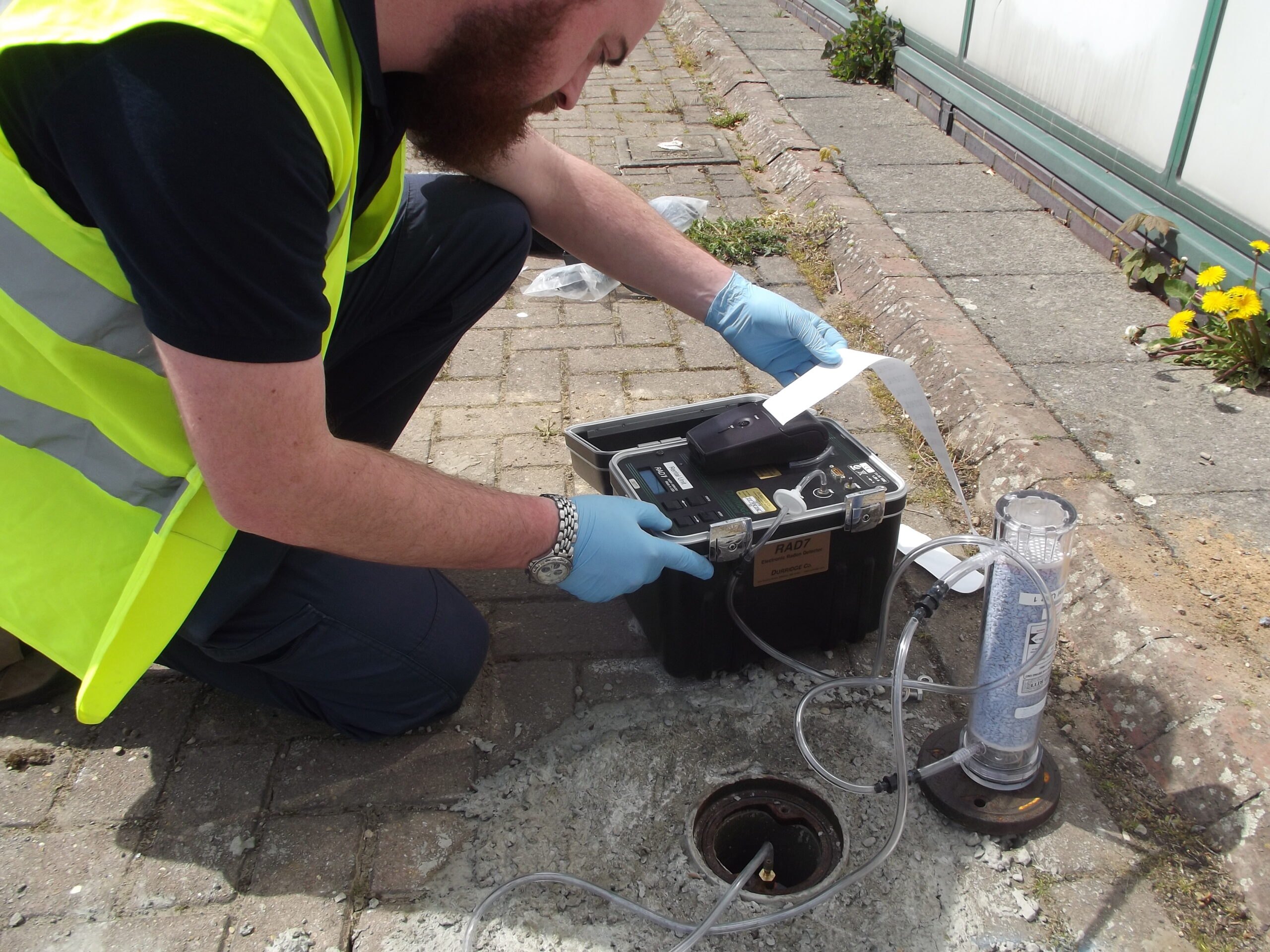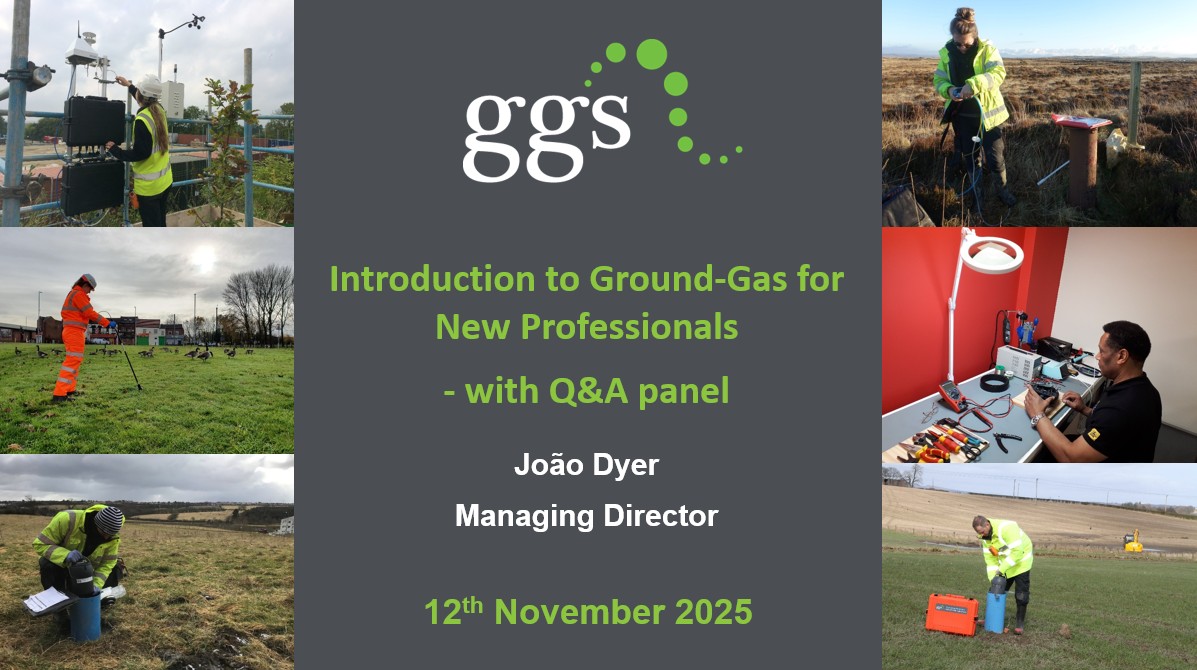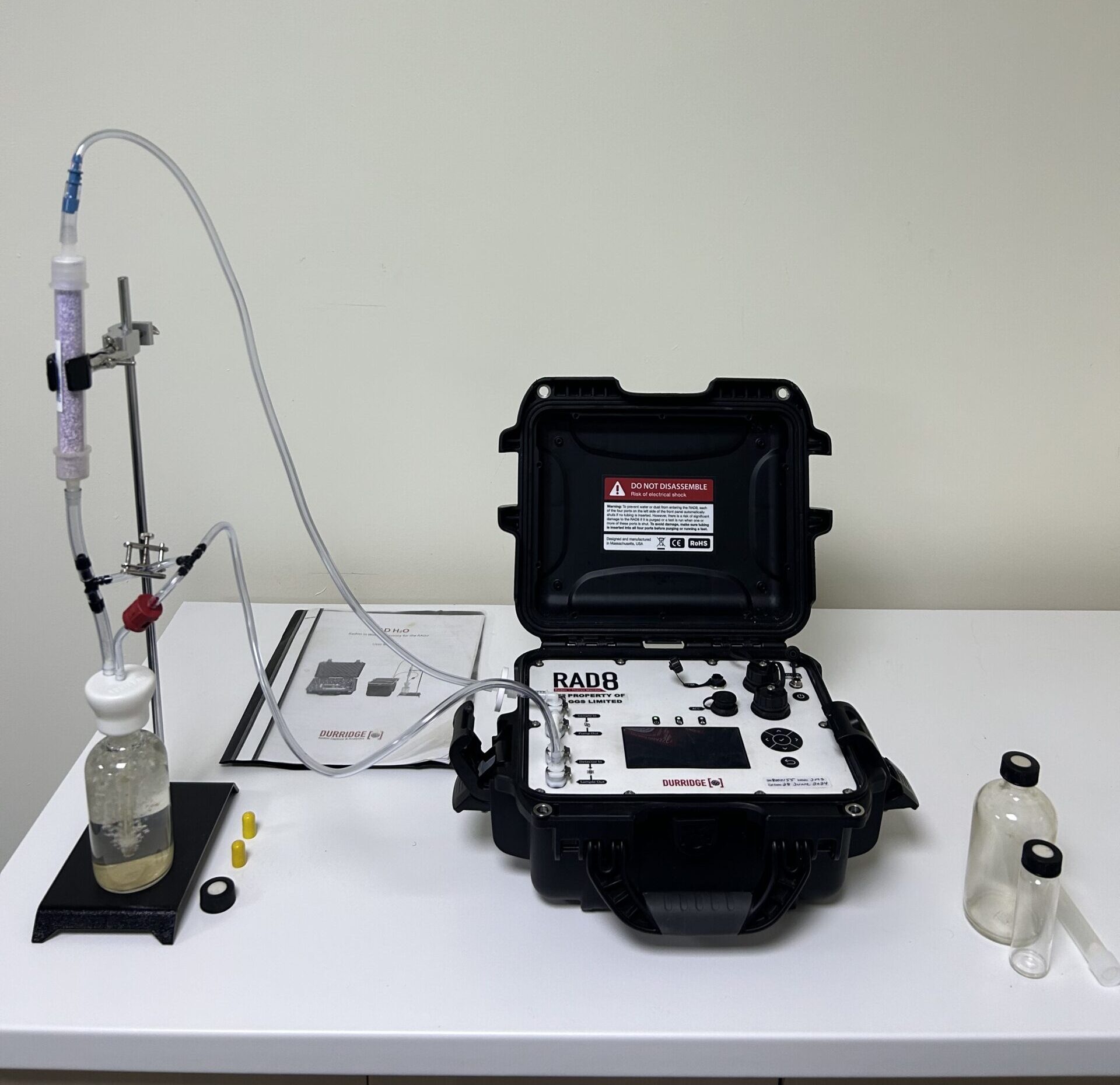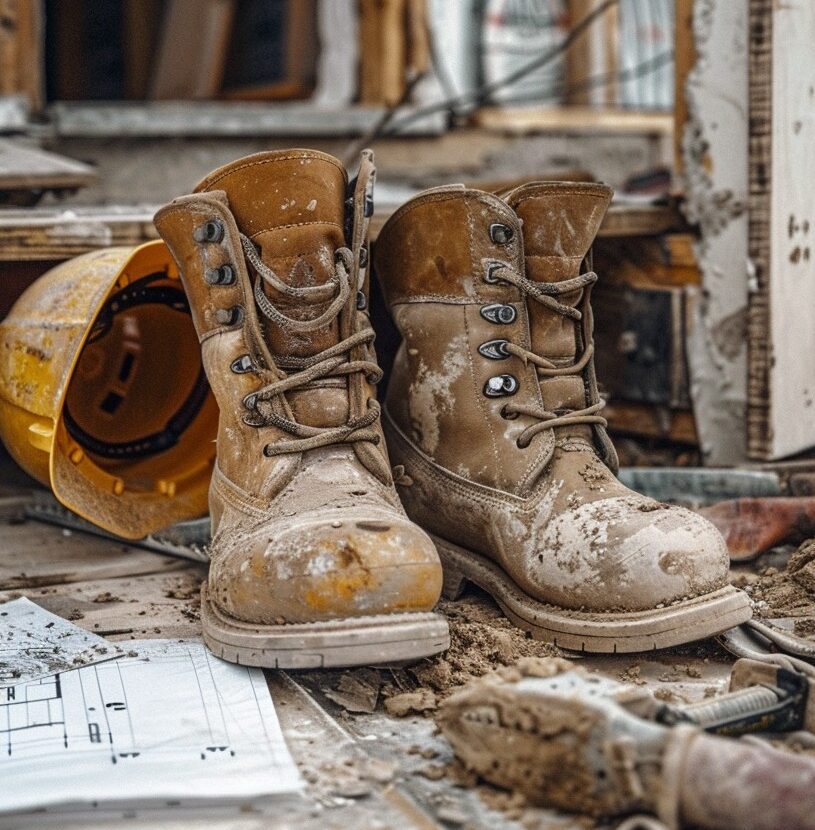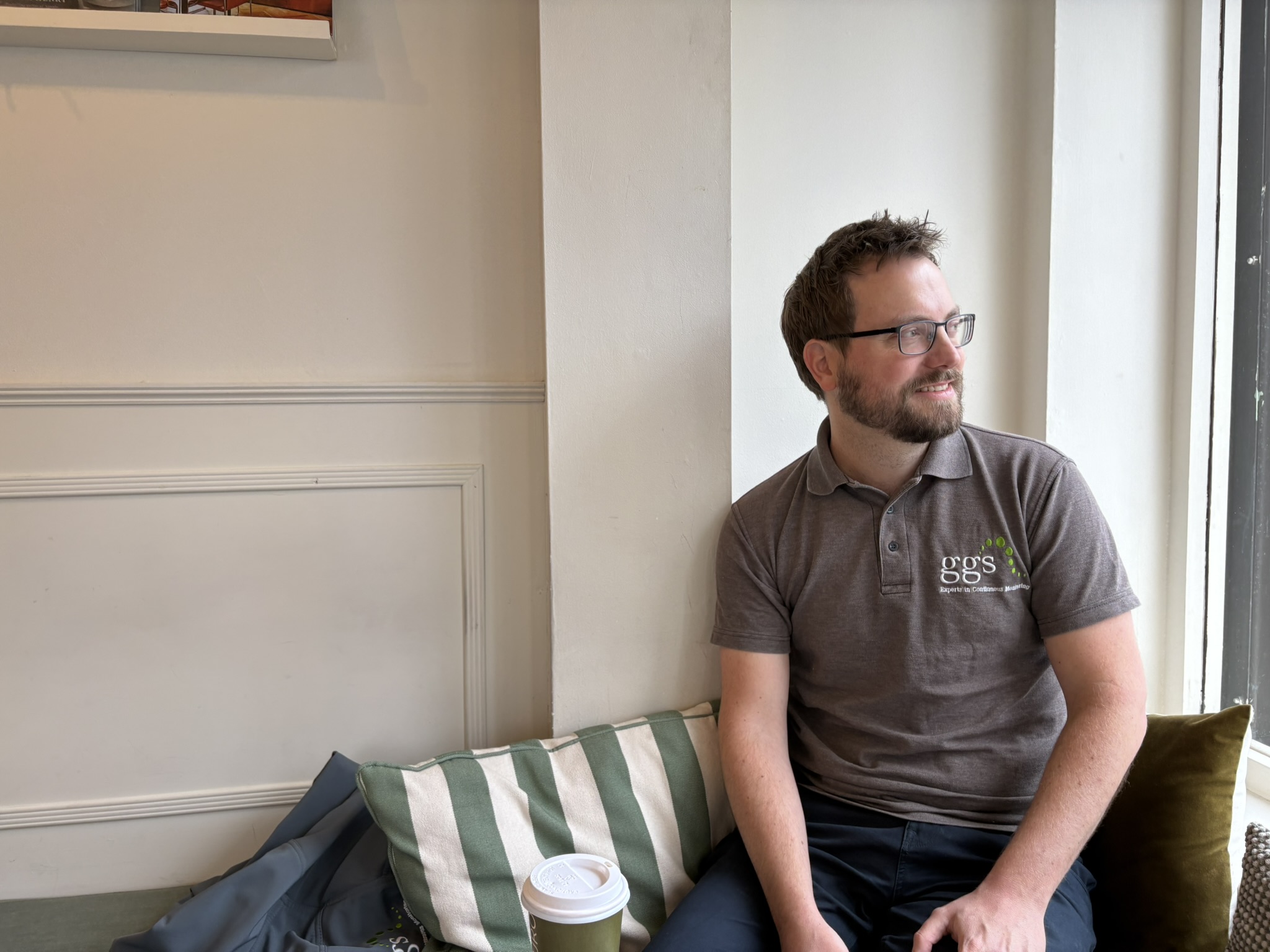Radon: the hazard and managing the risk
In early 2023 the radon potential map of Great Britain was updated for the first time in ten years. Produced by the UK Health Security Agency (UKHSA) and the British Geological Society (BGS), the map combines present-day geological mapping with one of the largest databases of in-home monitoring measurements ever compiled. It provides an authentic analysis of the probability of a building being in an area with higher radon potential or ‘Radon Affected Area’. Click here for the interactive map.
The UKHSA recommends that radon levels should be reduced if a home or building measures an annual average of or over 200 becquerels per cubic metre (200 Bq/m3). This is termed the radon action level.
What do you do if it is discovered that a building you manage is at risk from radon? What can you do to protect your workplace, school, or development? The good thing is that testing for radon can be conducted quickly and discreetly by qualified geo-environmental engineers, such as those at GGS.
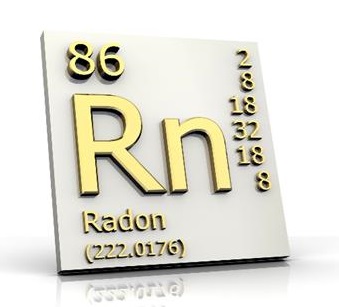
What is radon?
Radon gas is a natural hazard that we can’t see, feel or smell. Consequently, most people are unaware of it and the risks often don’t get the attention they deserve.
Radon is created by the radioactive decay of uranium that occurs naturally in all rocks and soils. It is present in the ground and normally it will harmlessly escape to the atmosphere. The problem arises when it is trapped in buildings where it can be breathed in. This may not have been a problem in older, draughty buildings but is potentially a problem in modern, air-tight offices and homes.
The real risk is not from radon gas itself, but the radioactive daughter products from its decay. These are solid radioactive elements that can lodge in the lungs where they continue to decay and emit damaging alpha particles, potentially leading to lung cancer. It is estimated that the annual mortality from radon exposure in buildings represents 9% of all deaths from lung cancer, and 2% of all cancer deaths, in Europe. In the UK, this equates to approximately 2000 premature deaths every year.

It is often the building design and construction details that most affect whether radon can enter a building, with the greatest risk associated with buildings that have underground rooms, such as basements or cellars – as in addition to the floor all four walls are usually in contact with the surrounding soils. For new developments in higher risk areas, local authorities have a role in requiring developers to include appropriate radon protection in their buildings. The only way to know if you are at risk from radon exposure is to measure it.
How do you test for radon?
Luckily, testing for radon is relatively simple and if radon is found to be present above the action level, effective measures can be retrofitted to existing buildings to reduce levels. In the first instance, occupied areas of buildings can be tested for radon by installing discrete passive detectors. If elevated radon levels are present then a more detailed walkover survey can provide real time radon concentrations, identify radon entry points and the most effective measures to reduce the hazard. These will depend on the radon concentrations measured and building design, but can include sealing service entries, installing radon sumps and improving ventilation.
Radon affected area maps using radon measurements in the home can be used to indicate the potential hazard in the workplace. However, in occupied workplaces below ground, including basements, employers should complete radon measurement and risk assessment irrespective of the radon affected area status. In the workplace, high radon levels within buildings can be considered an engineering fault. Employers have a legal duty, under the Ionising Radiation Regulations 1999, to ensure that employees are not exposed to an annual average exceeding the workplace Action Level of 300Bq m-3 (reduced from 400Bq m-3 in January 2018). Should radon levels exceed this, provision should immediately be put in place to reduce levels or manage exposure.
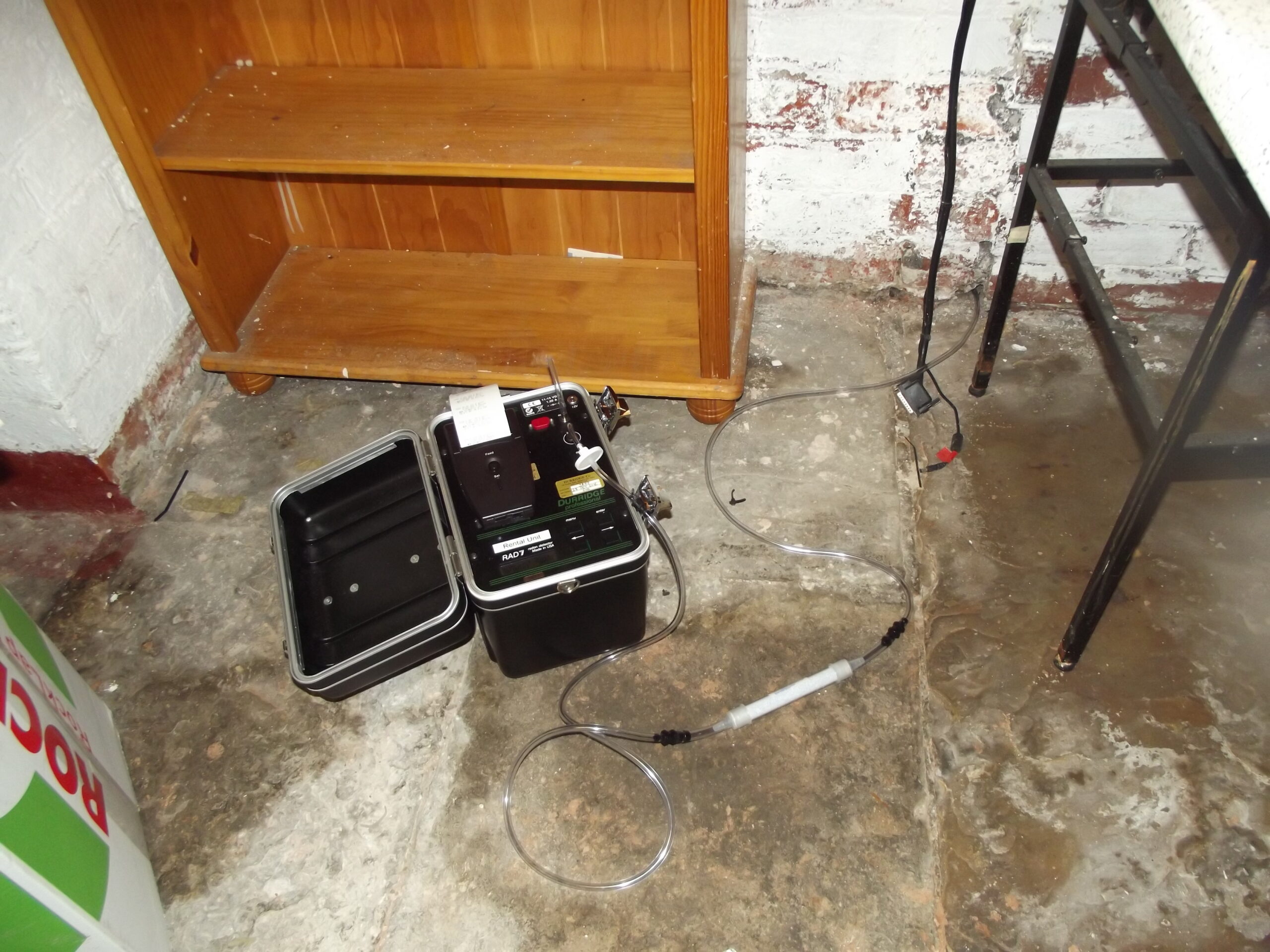
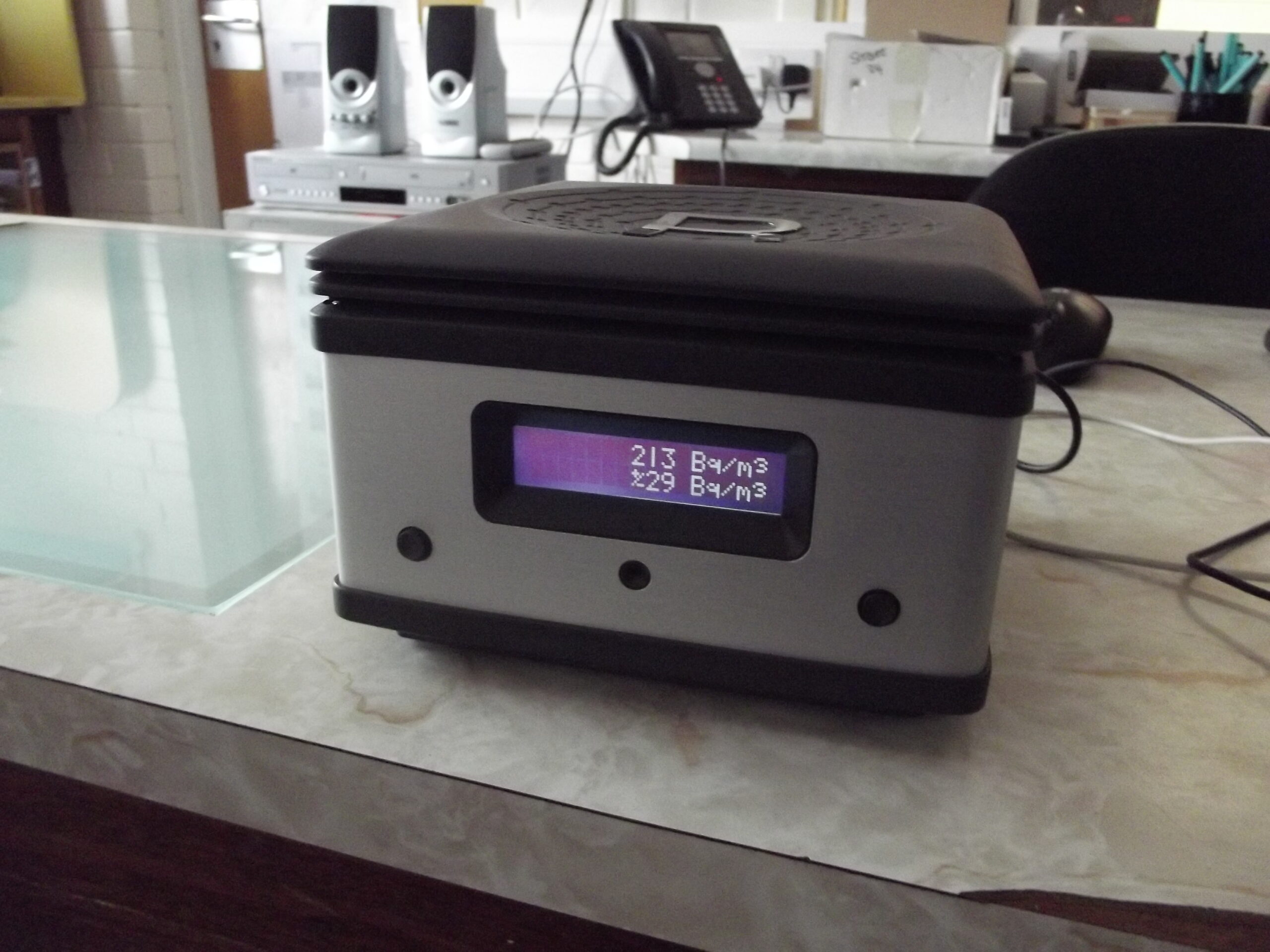
The most effective technique for managing radon exposure is continuous monitoring. Often, peak concentrations in the workplace occur during the evening or weekend when the building is closed. Continuous monitoring will track the variability and identify when peaks in radon are occurring, allowing for a timed average calculations and day time exposure to be estimated. When other parameters are measured, such as temperature and atmospheric pressure, the key driving mechanisms of ingress can become clearer and lead to informed decisions on how to effectively manage radon in the workplace.
GGS are experienced radon management experts and are members of The Radon Council. For advice on testing for radon at a development or public building, get in touch.
The following pages include news articles, videos, guidance notes and white papers on a range of ground gas related topics which we hope you will find of interest. Please browse through but if you can’t find something on your particular issue of interest, we’d be very pleased to hear from you so we can put that right.
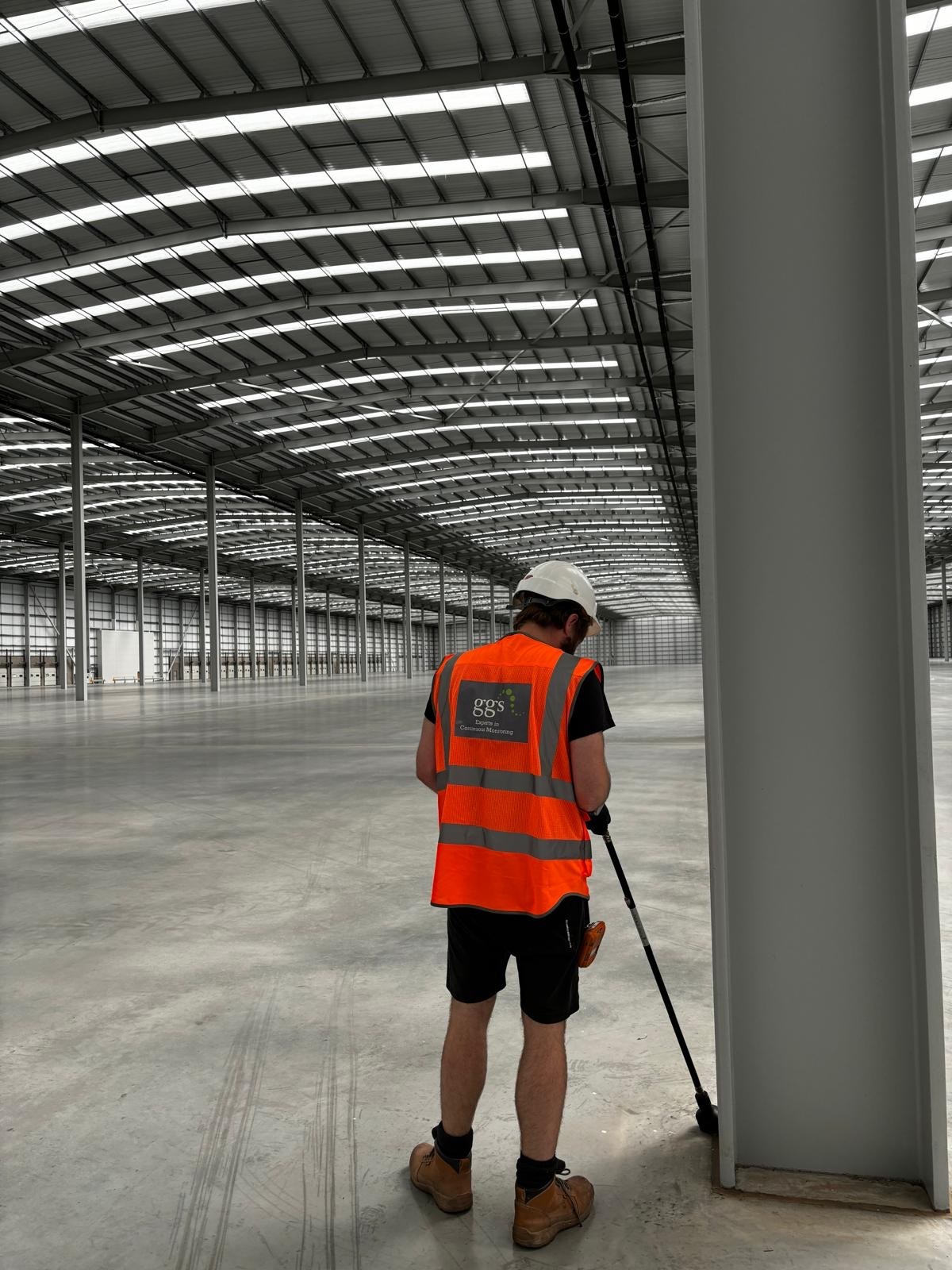
Establishing a new warehouse involves managing numerous moving parts such as ensuring operational systems are in place, training staff and coordinating logistics. Amidst this complexity, it’s essential to remain compliant with environmental and safety regulations.
One important aspect is managing and mitigating ground gas risk. Keep reading to learn about the process and what to expect.

